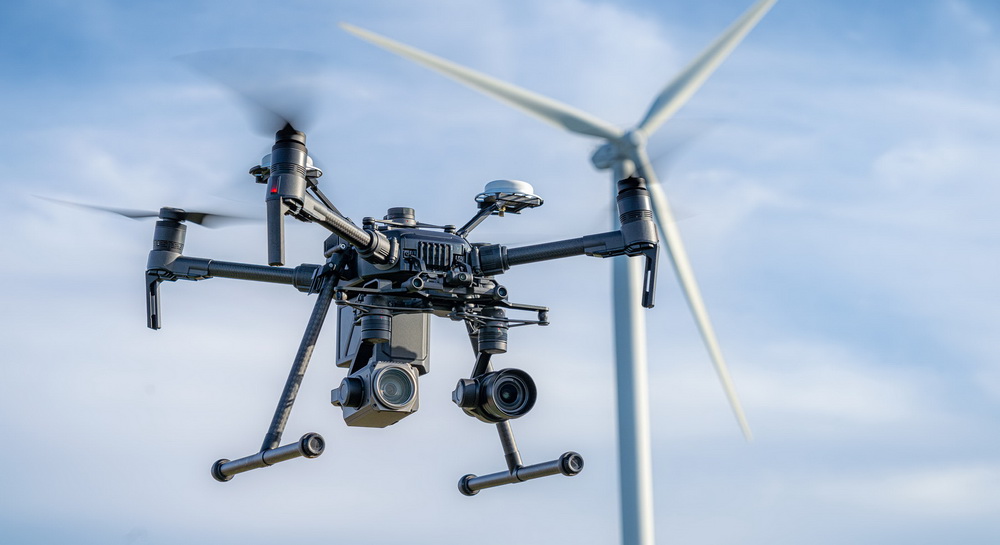The fifth generation mobile communication network (5G) will not only be faster than current 4G, but also has the ability to revolutionize other sectors such as production, automotive, health care, and energy. It will allow moving from wired to wireless connections in many industrial environments. This will reduce installation costs and increase flexibility of, for example, the production processes.
Introduction to 5G
Mobile communication networks have gained enormous popularity over the last 30 years. They are grouped into so called generations. The first generation (1G, for example AMPS) was an analog system introduced in the 1980s. The second generation (2G, for example GSM) was digital and made short messages (SMS) available for the wide public in the 1990s. It was built to support phone calls, but was later modified to allow data transmission, too. The third generation (3G, for example UMTS) considered both telephony and data transmission in its design and became widely deployed in the 2000s. The fourth generation (4G, for example LTE-A) dating from the 2010s was built for data transmission and supports telephony only through data packets (as Voice-over-LTE and Voice-over-IP also known as VoIP). Each new generation introduced higher data rates and new features to the public. All generations were designed for relatively few devices with high data rates, but in the future machine-to-machine (M2M) communication from many small devices will be an important part of the network. The next generation (5G) is planned to address this issue (among others).
The fifth generation mobile communication network (5G) is planned to be ready for deployment in the year 2020. The research on 5G is pushed by telecommunication hardware manufacturers and telecommunication network operators and, for example, 700 million Euro from the EU (through the 5G-PPP). The term 5G is added to many wireless communication ideas as a buzzword and describes many ideas, but most ideas have similar concepts at their core. Fringe ideas about 5G might not be implemented, but the core ideas probably will be. This does not provide us with a complete specification of 5G yet, but it gives us the ability to foresee its core features. The interest around 5G is based on the promises it makes about its performance:
- high data rates (in the order of gigabits per second),
- low latency (milliseconds),
- high reliability,
- support for many devices in small areas, and
- low energy consumption.
These promises are repeated in white papers by groups such as: Networld2020, NGMN, Ericsson, Huawei, Nokia, Alcatel-Lucent, and ETSI.
Each of these improvements for itself is a great improvement over current mobile networks. But having a network that can provide all of them allows using mobile communication for applications that have not been possible before.
While it is nice to be able to watch a high resolution video or play games with low latency over a mobile network, this is not the only advantage. 5G also has the ability to revolutionize other sectors such as production, automotive, health care, and energy. 5G will allow moving from wired to wireless connections in many industrial environments. This will reduce installation costs and increase flexibility of, for example, the production processes. The following examples will give more details on what the future of industrial communication with 5G might be.
Example: 5G for power grids
The power grid will become more distributed in the future. For example, by having more small (wind turbines and solar panels) and fewer large energy producers (coal and nuclear plants). Additionally, the power grid will have to cope with the changing energy production and coordinate it with dynamic power consumers (e.g., power to gas). This coordination effort needs to exchange lots of data (environmental and about the power grid) and is an important requirement to creating a so called smart grid (not to be confused with the related, but different smart meter). One promising candidate that provides a single standardized interface for all this communication is 5G.
In the past power grid operators have used their own communication networks to exchange the data from the few sources that provided them. When the number of devices connected to the power grid, which have to be coordinated increases, this strategy becomes expensive. Using the 5G infrastructure, which will be built to cover all areas reliably, provides a cost-efficient alternative. This, of course, requires that 5G is reliable and secure enough for the power grid. 5G is the first generation of mobile communication network that is built from the ground up not only to support consumer devices, but also the demands of other sectors. This means that the requirements of other sectors are used to determine which features 5G needs to support. It will be essential that these requirements will be part of the 5G design principles. That is, Salzburg Research sees a need to push power grid requirements towards the 5G design.
Example: 5G for production communication networks
Another area for which 5G promises great innovation is the use in production communication networks. Note that this is not the global production network of factories and their supply lines, but the communication network inside a factory that allows electronic devices to communicate. In other words it is the intranet of a factory. It is used, for example, to coordinate the operation of machines, read their log files and statistics, re-programm them, and install software updates. To do this the network needs to be reliable and have low latency. To achieve this, wired networks have been used in the past. While wires make the network reliable, they also make it inflexible.
In the past, factories have been designed and built with static configurations in mind: Changing a production process was costly and time consuming. However, future factories are expected to be more flexible and even customize individual products. To achieve this the machines of the factory have to be re-programmed or even moved to create a new physical layout more often than before. When many machines have to be re-programmed with individual software updates the total amount of data can be large even though each individual update is small. 5G can reduce the time that is needed to reconfigure the factory and thereby reduce downtime to get the factory to produce new goods faster.
In case the machines of the factory need to be moved (either manually or automatically) it is an advantage when the communication of the machines is wireless compared to wired: it reduces the work necessary to move machines and thereby again reduces downtime of the factory. As an additional increase in speed, the machines can even be reconfigured, while they are being moved (as long as the controller is battery powered). Another advantage of using wireless networks is the ability to exchange information with devices which cannot be connected by wires: For example, sensors on rotating axes or inside sealed containers. Having such additional sensor data allows to closer monitor and control the production process. In summary, using a wireless communication network in a factory (1) improves the flexibility in use cases which are already possible, and (2) makes new use cases possible.
While the aforementioned advantages could also be achieved by a custom-designed wireless factory network, the use of standardized 5G components provides more advantages: (1) Due to the expected number of produced 5G components they will be cheap (economy of scale), and (2) features which would be to complex/costly to develop for a single-purpose network will be implemented and usable in 5G. These are general advantages not just for production networks, but also for energy, automotive, and health networks. If 5G becomes a network architecture that is able to support all these sectors, they can all benefit from the shared development cost.
To make all these advantages usable in practice, it is necessary that 5G will be able to fulfill the requirements of as many sectors as possible. The most challenging requirement for production networks is high reliability, but other sectors have different requirements.
In this early phase of 5G development it is essential that the requirements are taken into account in the core 5G design: Thus, Salzburg Research will try to push requirements towards the 5G stakeholders. It is essential now that production line vendors (and energy providers, automotive industry, and the health sector) and telecommunication operators start to cooperate to ensure that 5G brings the possible benefits to all of them.












